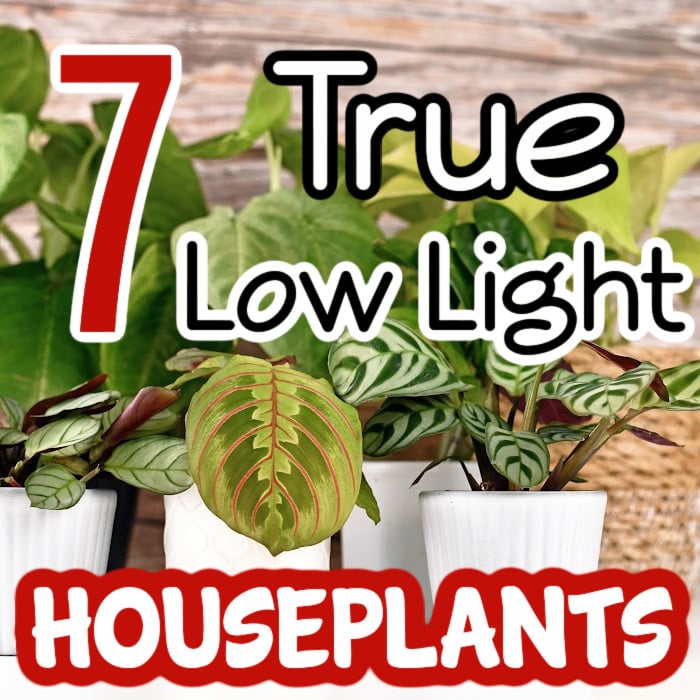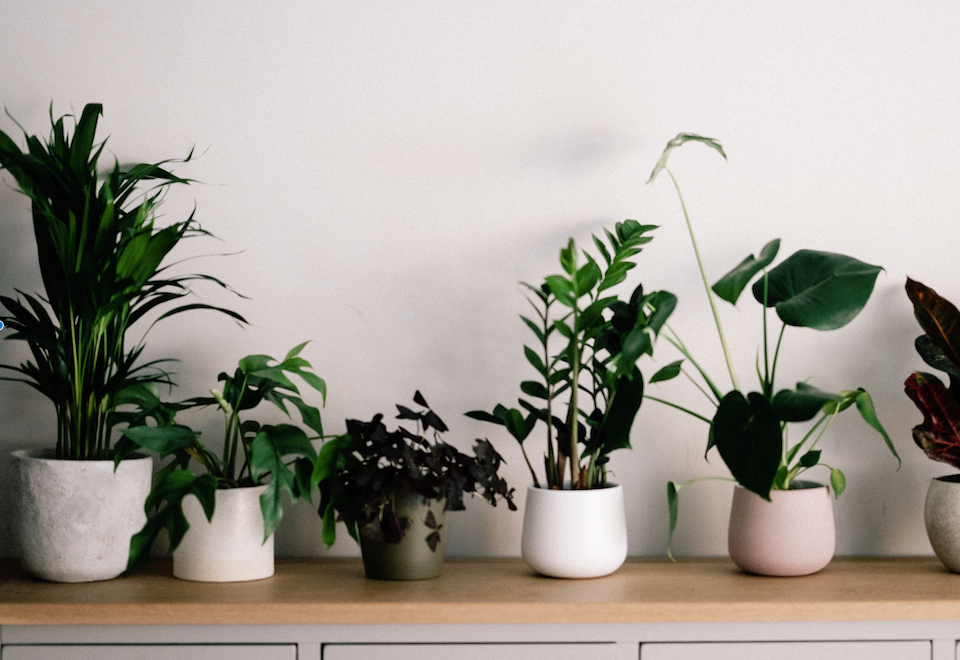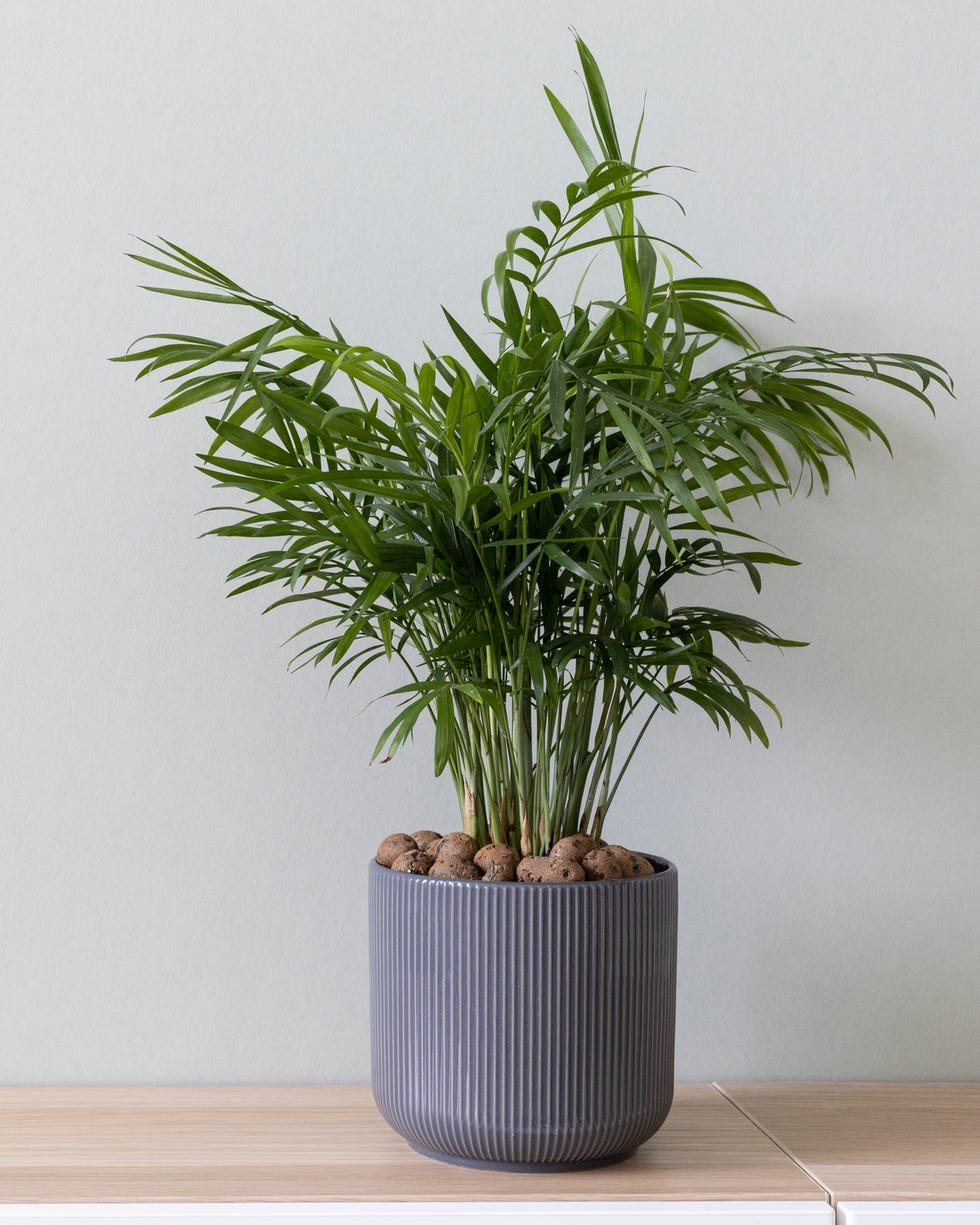Transform Your Home With Beautiful Low-Light Indoor Plants and Their Advantages
Integrating low-light indoor plants right into your home can significantly boost both the visual and ecological quality of your home. These plants, which flourish in dark problems, offer not just as ornamental aspects however additionally as natural air purifiers, making them excellent for city residents or those with restricted sunshine exposure. As we discover the numerous sorts of low-light plants and their advantages, you might find surprising ways to incorporate them into your home that can change your surroundings in ways you may not have prepared for.
Benefits of Low-Light Plants
Low-light plants offer numerous benefits for indoor settings, making them an excellent option for both newbie and seasoned garden enthusiasts. Among the main benefits is their versatility to low-light conditions, allowing people to enhance their living areas without the requirement for considerable sunshine direct exposure. This characteristic makes them ideal for apartment or condos, workplaces, and various other areas with minimal all-natural light.

Moreover, incorporating low-light plants right into home décor can boost the visual appeal of an area. Their lavish vegetation and varied textures create a calming ambience, adding to total health. The presence of greenery has actually been linked to reduced tension degrees and enhanced productivity, making low-light plants a sensible choice for enhancing both mental and physical health in indoor settings.
Top Low-Light Indoor Plants
While lots of interior plants grow in brilliant light, several varieties are particularly fit for low-light conditions, making them ideal for numerous indoor areas. One preferred option is the Snake Plant (Sansevieria), understood for its striking upright leaves and strength, requiring minimal care. One more excellent option is the Pothos (Epipremnum aureum), which includes heart-shaped leaves and can route beautifully from racks or wall mounts, prospering in reduced light and adding a rich touch.
The ZZ Plant (Zamioculcas zamiifolia) is celebrated for its shiny fallen leaves and ability to stand up to forget, making it perfect for busy way of lives. The Peace Lily (Spathiphyllum) not only tolerates low light but likewise creates sensational white flowers, improving any type of space's aesthetic.
For a special touch, think about the Cast Iron Plant (Aspidistra elatior), which undoubtedly measures up to its name, prospering in the darkest corners of your home. Finally, the Chinese Evergreen (Aglaonema) provides a variety of leaf patterns and colors while being exceptionally flexible in low-light problems. These plants not only beautify indoor settings however likewise contribute to air filtration, boosting your space.
Care Tips for Low-Light Plants

Sprinkling practices are essential; these plants frequently prefer a little completely dry conditions. Overwatering can cause root rot, click for more so make sure that the top inch of dirt is completely dry prior to watering once pop over to this web-site more. Use pots with water drainage holes to enable excess moisture to get away.
Moisture is one more vital element. Lots of low-light plants, such as ferns and peace lilies, advantage from higher humidity degrees. To increase moisture, consider misting the leaves or positioning a tray of water near the plants.
Fertilization needs to be approached with care. During the expanding season, make use of a watered down, well balanced liquid plant food each month to support growth, yet prevent fertilizing during the dormant cold weather.

Innovative Ways to Present Plants
Interior plants can act as captivating centerpieces in any type of area, enhancing both aesthetic appeal and ambiance. Creative screens can boost the aesthetic influence of low-light plants, making them an integral part of your home decor. One effective technique is to utilize tiered plant stands, which enable you to display several plants at differing elevations while taking full advantage of flooring room.
Hanging planters are an additional innovative choice, developing a feeling of deepness and attracting the eye upward. Consider macramé hangers or wall-mounted shelves to present an one-of-a-kind texture and style.
For a more structured technique, use geometric terrariums or glass containers to house your plants, adding a modern-day touch to your interior garden. You can likewise repurpose classic things, such as teacups or wooden cages, for an eclectic screen that reflects your personality.
Enhancing Home Atmosphere With Plants
Integrating low-light plants into your home not only boosts aesthetic appeal however additionally contributes substantially to the general atmosphere. These plants function as natural style components, introducing a sense of peace that can transform any space. The existence of greenery promotes a calming ambience, which is specifically advantageous in high-stress settings such as home offices or living areas.
Low-light plants, such as serpent plants, pothos, and ZZ plants, are not just aesthetically pleasing yet additionally improve interior air quality by filtering system pollutants. This double function improves the ambiance additionally, creating a much healthier home (Best low-light indoor plants). The strategic placement of these plants can additionally influence the perception of space; for instance, high plants can draw the eye upward, making ceilings appear higher and rooms extra roomy
Moreover, varying appearances and colors of vegetation add depth to interior decoration, enabling for imaginative expression in home styling. Whether put on shelves, in edges, or as centerpieces, low-light plants can elevate the state of mind of any space. In recap, integrating these plants into your home is an effective means to promote a warm, welcoming ambience while profiting of improved air quality and visual flexibility.
Final Thought
Integrating low-light interior plants into home settings offers many benefits, consisting of improved aesthetic appeal and enhanced air top quality. These resistant plants, such as the Serpent Plant and Peace Lily, call for marginal light and upkeep, making them check here suitable for diverse way of livings.
While lots of interior plants prosper in bright light, numerous types are especially appropriate for low-light problems, making them ideal for various interior spaces. One reliable technique is to use tiered plant stands, which permit you to showcase numerous plants at varying elevations while making the most of floor area.
Low-light plants, such as snake plants, pothos, and ZZ plants, are not just aesthetically pleasing yet likewise improve indoor air high quality by filtering system contaminants. Best low-light indoor plants. The tactical positioning of these plants can also affect the assumption of area; for circumstances, high plants can draw the eye up, making ceilings appear greater and rooms a lot more spacious
These resistant plants, such as the Snake Plant and Tranquility Lily, require marginal light and maintenance, making them suitable for varied lifestyles.